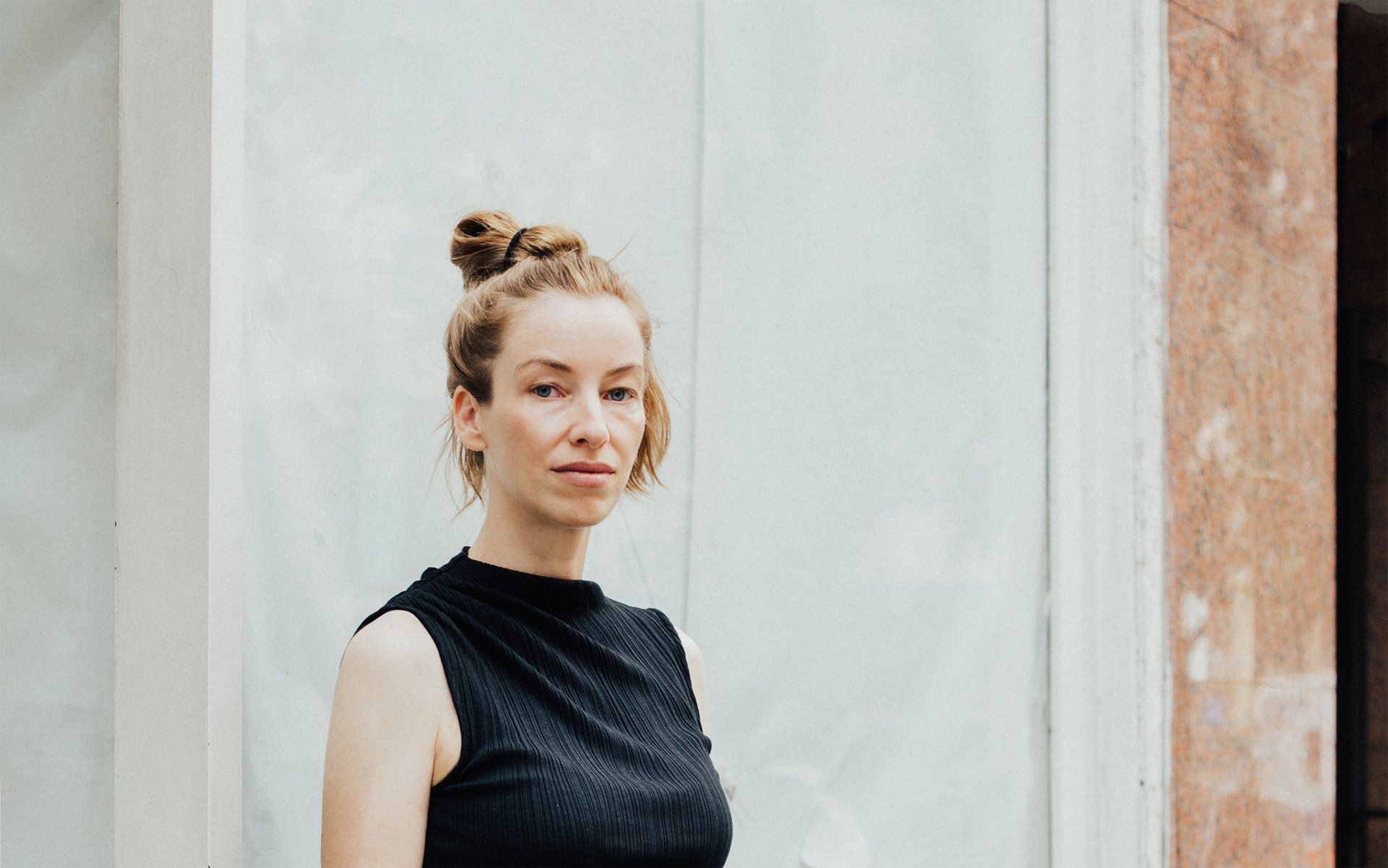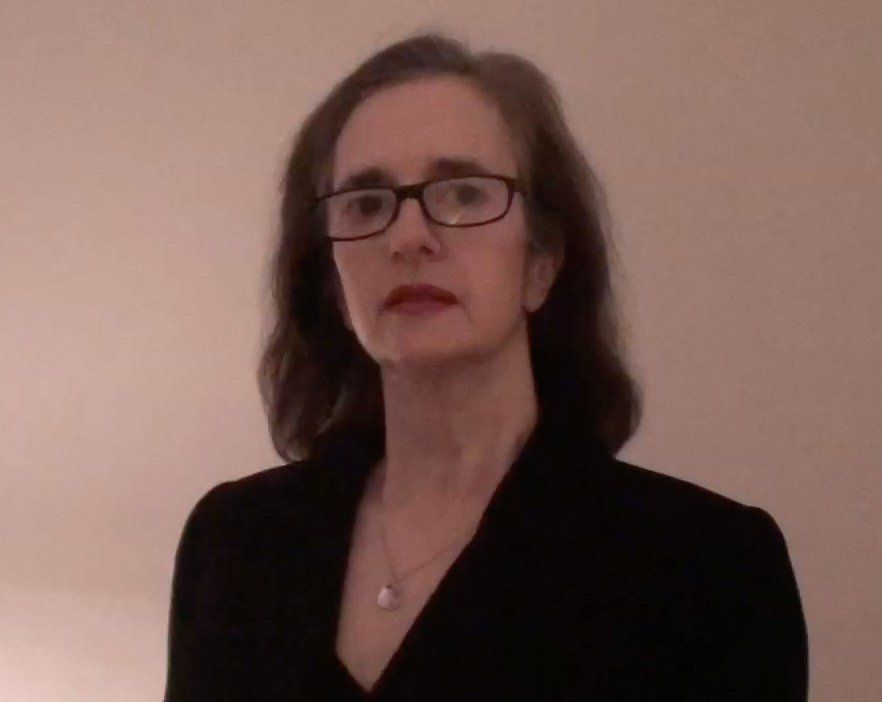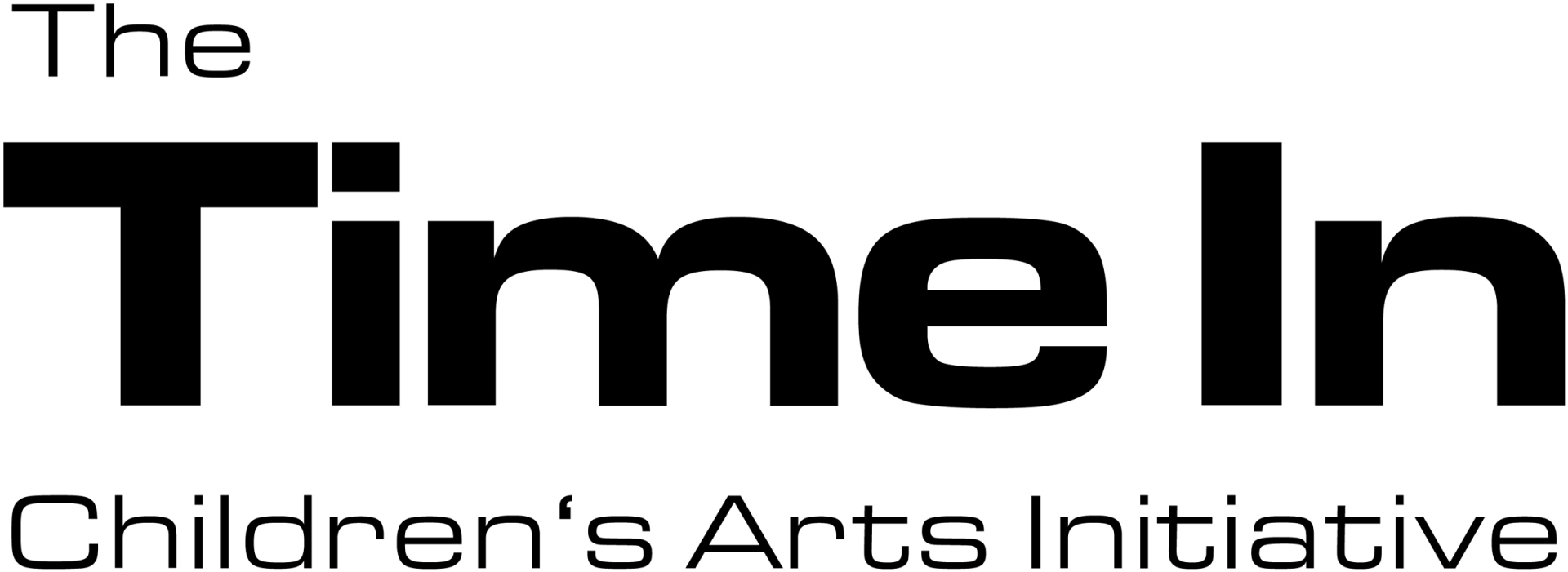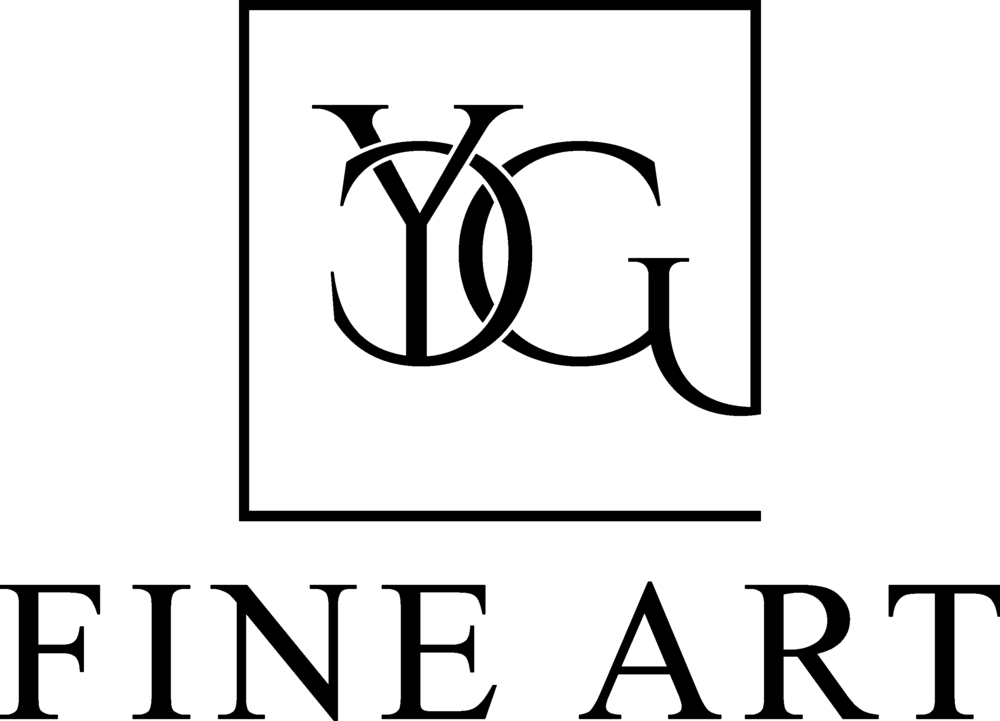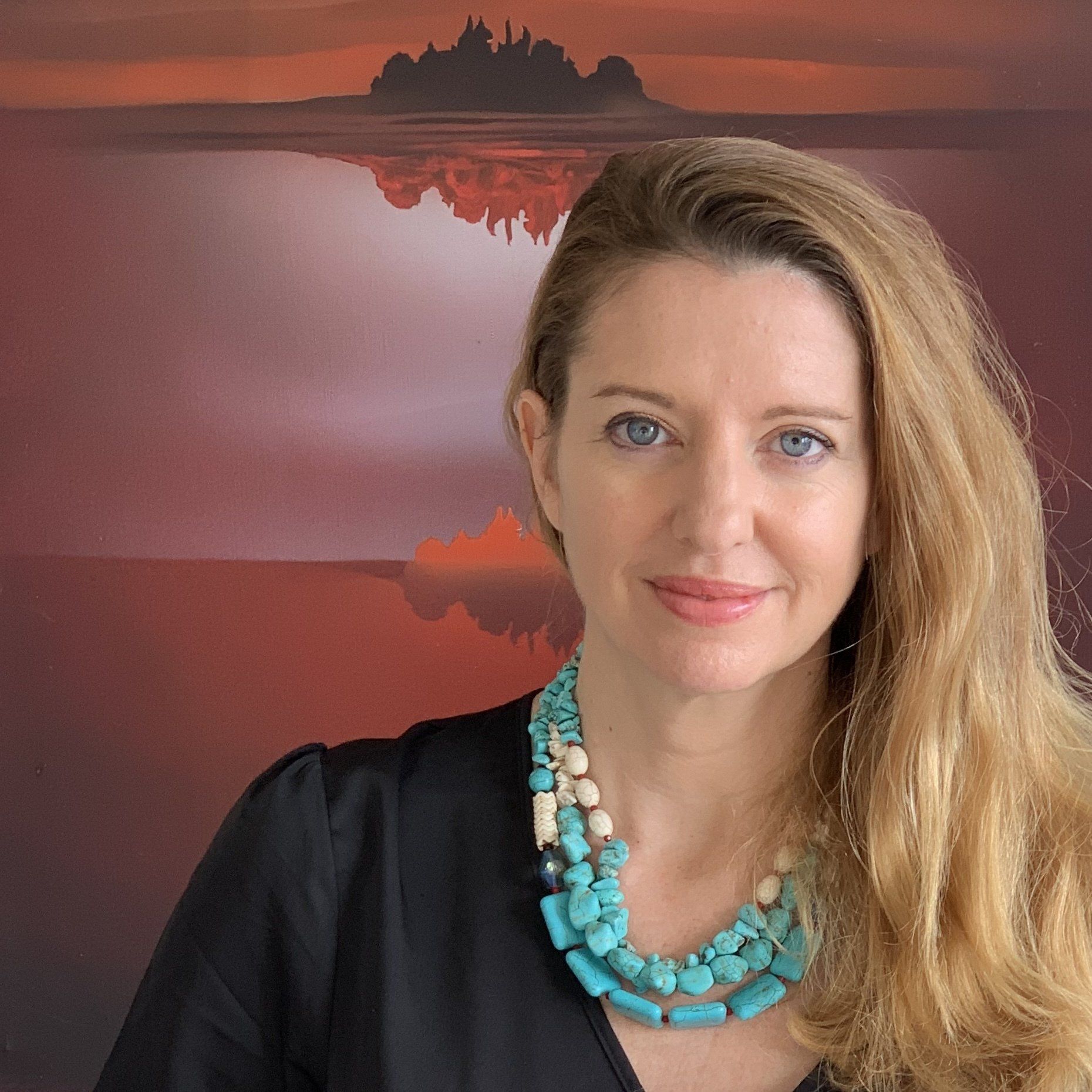
A WOMEN’S THING is a digital publication dedicated to reshaping society’s ideas of what “women’s things” are. It is interested in stories that never get told, whether educational, emotional and inspirational, as well as in finding and highlighting the women who are making history today. (www.awomensthing.org)
SASKIA KETZ
Saskia Ketz is the founder and editor-in-chief of A Women’s Thing, a publication reshaping what society’s views of “women’s things” are. She runs MMarchNY, an NYC-based branding agency that’s worked with world-class brands like Netflix, Ikea, Timberland as well as plenty of startups. Recently, she created Mojomox, a typeface, an online logo builder, and marketing asset creator that allows startups on tight budgets to create dynamic, professional-looking logos and marketing materials themselves. She writes for sites like Fast Co, Insider, and Create & Cultivate about branding, positioning, and design topics.
Q&A WITH SASKIA KETZ
STREAMING MUSEUM brings a worldview into focus through programs of arts, forward thinking ideas and international affairs. Since 2008 the museum, with its collaborators, has produced and presented exhibitions, programs and its original videos, that have reached millions on 7 continents in public spaces, at cultural and commercial centers, and StreamingMuseum.org
NINA COLOSI
Nina Colosi is the founder and creative director of Streaming Museum launched in 2008 as a collaborative public art experiment to produce and present programs of art, innovation and world affairs. They have been presented internationally in public spaces, at cultural and commercial centers and StreamingMuseum.org. Following her early career as an award-winning electronic music composer she produced and curated new media exhibitions and public programs internationally, and in NYC for The Project Room for New Media and Performing Arts at Chelsea Art Museum, Digital Art @Google series at Google headquarters, and other collaborations.
Q&A WITH NINA COLOSI
Time In is a groundbreaking opera and visual arts intervention that for 15 years has brought thousands of NYC’s most vulnerable public-school children out of underserved classrooms and into the world of the living arts as part of their normal school day. Time In is committed to ensuring that equality, opportunity and access—to the arts and through the arts—become staples of public education, and that all children receive a thoughtfully-crafted, arts-enriched education, intelligence, self-esteem and a brighter, better future are more than just a promise.
CYNDIE BELLEN-BERTHÉZÈNE
An inductee of the Outstanding Women in Human Services Hall of Fame, the recipient of a Maxine Greene Award for her groundbreaking work in arts education for children living in poverty, and Huffington Post’s 2015 Woman of the Year in Art, Cyndie is a known innovator in the field of early childhood arts education. She created materials for dozens of operas, ballets and orchestral works that have impacted the worldview of thousands of children. The recipient of an Equal Justice Residency at the Santa Fe Art Institute, Cyndie herself is an accomplished photographer, classical singer, visual and performance artist. In response to COVID-19’s devastating impact on New York, Cyndie created Summer in the City, 19K hours of holistically integrated, live, remote arts programming available free to every NYC public school child for the entire summer.
Q&A WITH CYNDIE BELLEN-BERTHÉZÈNE
YCG FINE ART
is an online gallery specializing in contemporary art and European painting from the 15th to the 19th centuries. It was founded in 2017 by Yassana Croizat-Glazer.
Recent exhibitions include: “OFF CANVAS” (YCG Fine Art x AWT’s Online Viewing Room) and “Allen Hirsch: Up Lafayette Street.” (www.ycgfineart.com)
ABOUT THE CURATOR
YASSANA CROIZAT-GLAZER
Born in Paris, Yassana Croizat-Glazer received her Ph.D. from New York University’s Institute of Fine Arts, where she specialized in French Renaissance art and Feminist Theory. After serving as a curator in the Department of European Sculpture and Decorative Arts at The Metropolitan Museum Art, Yassana founded YCG Fine Art, an online gallery and art advisory business specializing in contemporary art, as well as European painting from the 15th to the 19th centuries. Most recently, she curated “Morgan Everhart: Flesh & Bloom” for the David Owsley Museum (May-June 2021). In addition to contributing a column called “Past Matters” to A Women’s Thing Magazine, Yassana has authored several scholarly publications, including Exploration and Revelation: French Renaissance Studies in Honour of Colin Eisler (Center for Reformation and Renaissance Studies, University of Toronto, 2020).
